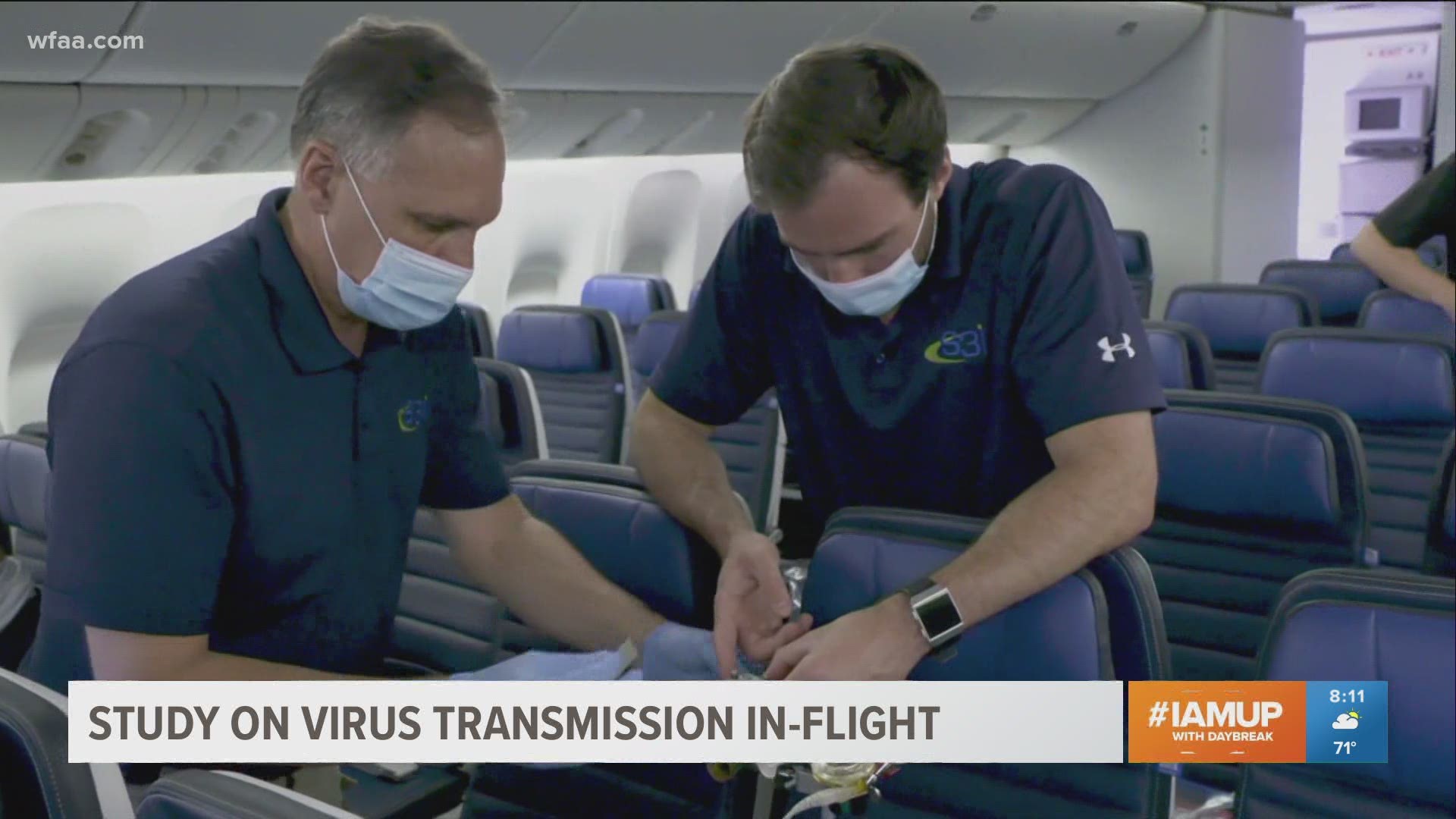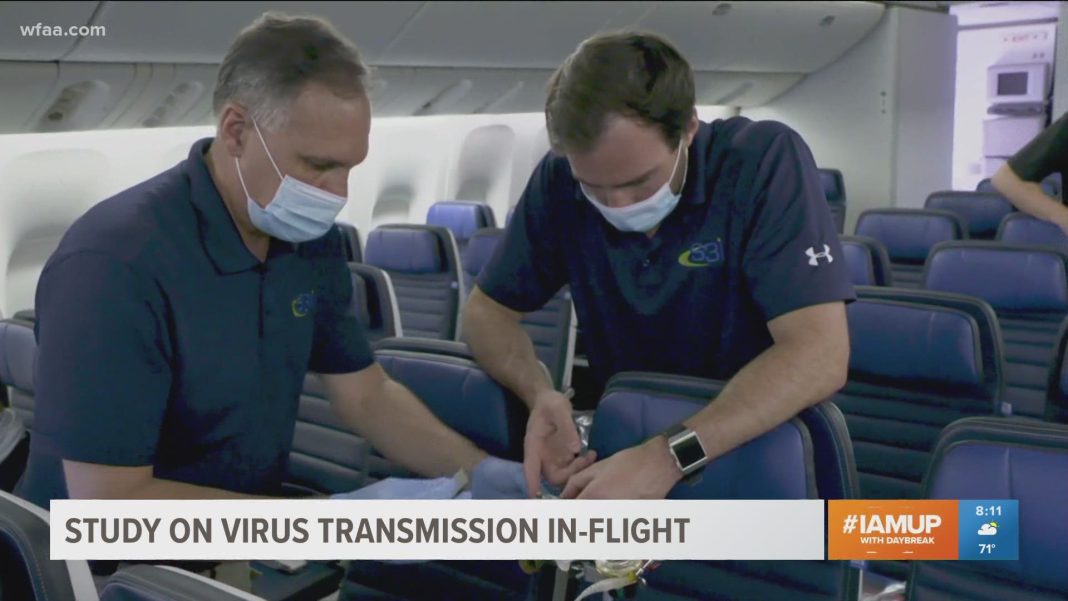 Title: Challenges and Opportunities in the US Airline Industry: A Quarterly Snapshot
Title: Challenges and Opportunities in the US Airline Industry: A Quarterly Snapshot
Introduction:
The US airline industry is facing a challenging third quarter, as increased demand for air travel hasn’t translated into record profits for carriers. Higher labor and operational costs, coupled with delays in receiving new aircraft, have impacted the bottom lines of airlines. Additionally, uncertainties regarding changes in customer behavior and corporate travel demand pose potential headwinds for the sector. In this article, we will explore the current state of the industry, analyze the performance of key airlines, and discuss strategies adopted by carriers to adapt to the evolving market.
Record Demand vs. Declining Profits:
Despite airlines reporting record demand and revenue forecasts, their profits have been adversely affected by rising costs. Airlines have been cautious in their hiring practices due to slower demand growth compared to the post-pandemic hiring sprees. Furthermore, delays in receiving new fuel-efficient aircraft from Airbus and Boeing, combined with the grounding of jets due to a Pratt & Whitney engine recall, have added to the challenges faced by airlines. Despite these obstacles, airlines have increased capacity by flying about 6% more seats in July 2024 compared to the previous year, which has helped keep airfares in check but has led to the underperformance of airline stocks in the market.
Uncertainties Looming Ahead:
The outlook for the third quarter remains uncertain for the airline industry. Raymond James analyst Savanthi Syth describes it as “clear as mud,” highlighting potential headwinds such as weaker spending from coach-class clientele, the impact of the Paris Olympics on European bookings, and possible changes in corporate travel demand. The shift in customer preferences towards late spring and early summer trips raises questions about late-summer demand. Investors are eagerly awaiting quarterly results from airlines to gain more insight into the traditionally slower tail end of summer and expectations for the remainder of the year.
Delta Air Lines: A Standout Performer:
Delta Air Lines, considered the best among its peers, has successfully marketed more expensive premium seats and secured a lucrative deal with American Express. Despite forecasting a decline in adjusted earnings for the second quarter compared to the previous year, Delta remains an analyst favorite due to its lower earnings risk and superior free cash flow. United Airlines and Alaska Airlines are also top picks, according to Wolfe Research airline analyst Scott Group, who believes these carriers possess better financial stability and resilience compared to their competitors.
The Impact of Increased Capacity on Fares:
The surge in summer air travel has led to bustling airports, with a record-breaking number of passengers passing through U.S. airport checkpoints. Airlines have responded by expanding their schedules, both domestically and internationally, to accommodate the increased demand. This expansion has driven down airfares, with U.S.-Europe capacity witnessing an almost 8% increase compared to the previous year. Hopper, a fare-tracking company, reported a decrease in average summer flight prices between the U.S. and Europe. Despite the higher passenger numbers, some airlines have admitted weaker sales due to increased flights.
Adapting to Changing Market Dynamics:
Airlines are exploring strategies to adapt to evolving market dynamics. Money-losing carriers like JetBlue Airways and Frontier Airlines have made significant changes to their operations. JetBlue has been cutting unprofitable flights and optimizing its high-end Mint business cabin to maximize profitability. Frontier Airlines and Spirit Airlines have removed change fees for standard coach tickets and introduced bundled fares that include seat assignments and other add-ons previously charged separately. These initiatives aim to attract customers and enhance revenue streams.
Conclusion:
The US airline industry faces both challenges and opportunities as it navigates through the third quarter. Despite record demand for air travel, rising costs and delays in receiving new aircraft have impacted airlines’ profitability. Uncertainties surrounding changes in customer behavior and corporate travel demand further add to the complexities faced by the industry. However, standout performers like Delta Air Lines continue to exhibit resilience and adaptability. Airlines are also making strategic changes to optimize their operations and enhance revenue streams. As the industry reports its quarterly results, investors and travelers alike eagerly await insights into the performance and strategies of key players in the sector.


